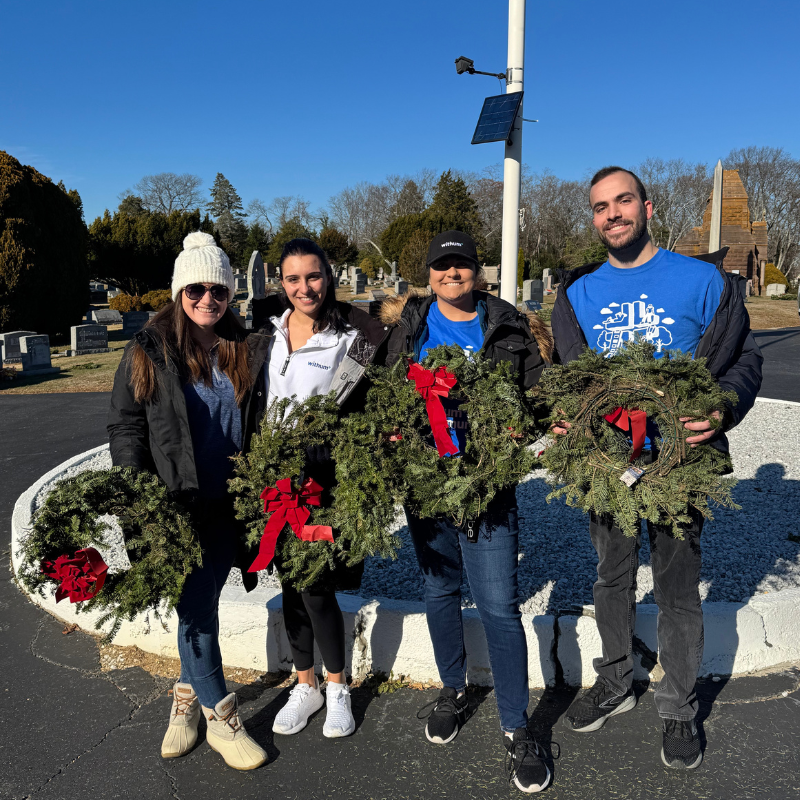Form 990 – Friend or Foe?
As 2012 has ended, the nonprofit community will complete the 4th year of the “new” Form 990. The complete overhaul of the Form 990 started with years beginning in 2008, and there have been changes and updates to the original form every year since then. Hence, many are at the point of whether or not the 990 has ended up as a friend of foe of organizations.
The new form changed the information available to all users of the Form 990, including donors, funding sources, governments and basically anyone looking to find out about a charity or not-for-profit organization. Keeping in mind that the Form 990 is a public document that is available to anyone, with or without the knowledge of a not-for-profit, the importance of the information presented within the Form should not be considered lightly. Anyone with a computer can login to Guidestar.org and have your information available, including the entire Form 990, with the exception of Schedule B, in seconds. This Form can be a huge asset for to organization or can hurt you – it is either your Friend or Foe depending on the view of the user.
There are several key areas where information other than the basic financial information can truly be enhanced, and all organizations should consider how and what information is presented. These are the areas where an organization can tell their story.
MISSION STATEMENT
This starts with the mission of the organization on page 1, flowing to the significant accomplishments and program descriptions of the organization on page 2. Additionally the governance policies that are required to be described on Schedule O have taken on new meaning as governance and transparency are now required for all nonprofit organizations.
The mission statement should be the current one found on the website and should be reviewed and updated regularly to ensure that the activities of the organization mirror the mission statement. If the mission statement is longer that the space provided, an organization may want to limit what is shown on page 1, but present the full mission statement in Schedule O.
SIGNIFICANT PROGRAM ACCOMPLISHMENTS
Significant program accomplishments are described on page 2 of Form 990. Many organizations do not take the opportunity to expound on significant program accomplishments, which has no simple description or example. This will vary from organization to organization and should be used to spotlight some aspect of the organization that will differentiate you from the rest and will change year by year.
The top three program activities are spotlighted on page 2 with information on the amount of expenditures, program revenues and grants for each. There is also space for a program description. Simple one-line descriptions of the main programs are found on many 990s, as in the past this was the norm. However, this does nothing to differentiate your organization from the many others that are vying for donor dollars; and it does not do any justice to the time and effort that go into providing program services. Why not provide a robust program description that includes additional information on the number of people impacted, this year vs. last year; the impact on the program recipients and the local community; how important the funding is to any individual program; what has changed within the recipient base, donor base or community over the past year; expansion efforts made by the organization; changes to the way services are provided.
The opportunity to give donors this very unique and important information is completely up to each organization. It may be the only way to provide this information as the users of the Form 990 may be unknown to the organization or prefer the anonymity of researching you using the internet. A well designed program description that encompasses up-to-date information that is also verifiable will show your organization in the best light and might be the one opportunity for a potential donor to take the time to learn more about you and hopefully support the program operations though donations.
The lack of this information can also hurt the organization. Many organizations have realized the potential of this and have designed strong program statements to enhance the financial information presented in the 990. Consider the donor that looks at two similar organizations’ Form 990s and is presented with a rich, informative picture of the program’s impact, clients served, mission and direction of the organization with another that simply has a one or two sentence general description. More than likely, the donor will chose to support the organization with the in-depth, robust descriptions over that which only has a phrase or two.
GOVERNANCE
Another area that is of concern to many donors is in the governance policies that are described in Schedule O. Governance and transparency are the buzzwords of the not-for-profit world over the last few years. Organizations should consider the impact of how policies are presented in the Form 990 to donors and users. This section must present the actual policies in place, but the way these are presented in Schedule O should be just as important as the actual design and implementation.
The key is that donors have easy access to the Form 990, and with this information, they are more knowledgeable about an organization’s operations than ever before. There is a lot of guidance offered to individual donors that opens the door on how to evaluate an organization.
MARKETRESEARCH
A study by Guidestar.org, Money for Good II, included over 6,500 donors—divided into three categories: individual, advisors to donors and foundation grant-makers— and included questions on the research done by each category before donating as well as what information was important to each group. The individuals were less likely to do research than the other two groups, as they tend to have comfort with organizations that they know. However, all three had the same areas of concern: financial reputation, effectiveness and impact of the not-for-profit. All three groups used ratings found on not-for-profit rating sites and organization website information in evaluating an organization. Heavier emphasis of these ratings was by advisors and foundation grant makers. However, the one main unmet area of information noted in the report for all three groups was on effectiveness/impact data of organizations.
Every organization should review their Form 990 and evaluate what is presented within the document. The form 990 should include information on what you do, who you serve and how you operate. This information should be expanded to tell your story and provide content that is meaningful, descriptive, quantifiable and shows the picture of the organization that numbers alone never do. This information is easily includable in every Form 990 but may require the input of program and development staff. The same information that would be conveyed either in an annual report or in working with an individual donor should be conveyed in the Form 990. This provides a clear opportunity to present the organization in its best light to current and future donors and to move the Form 990 solidly into the category of Friend rather than Foe.
Need More Information?
If you have any questions about this not-for-profit update, please contact your WithumSmith+Brown professional, fill in the form below.
To ensure compliance with U.S. Treasury rules, unless expressly stated otherwise, any U.S. tax advice contained in this communication is not intended or written to be used, and cannot be used, by the recipient for the purpose of avoiding penalties that may be imposed under the Internal Revenue Code.
Learn More About our Tax Services>>
How Can We Help?




